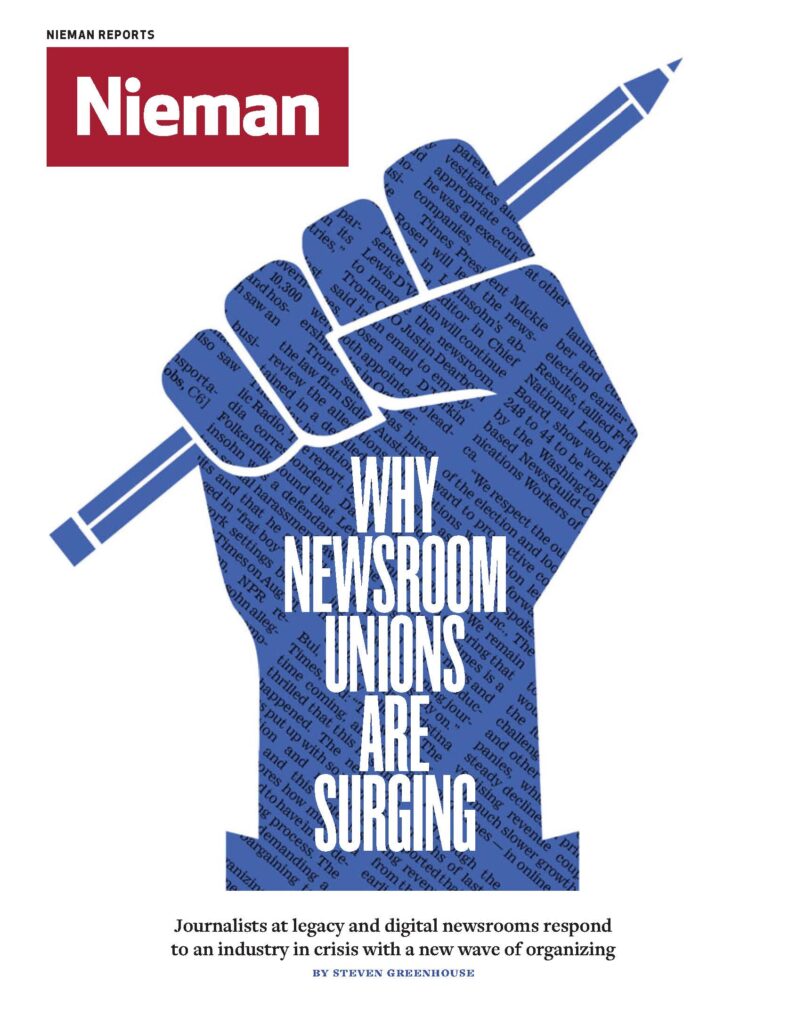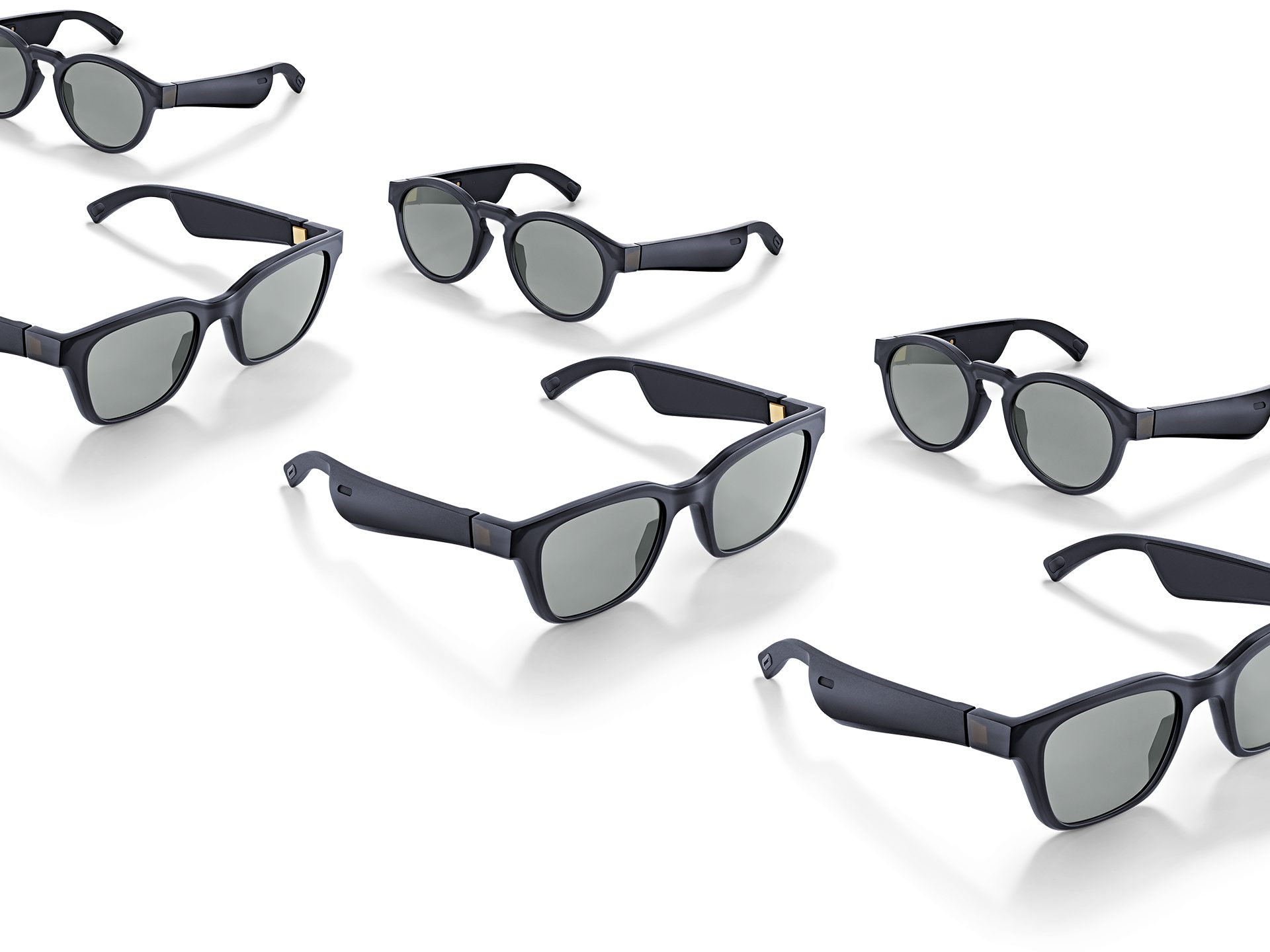
When Gawker employees voted to unionize back in 2015, it was the first major news site to take that step. The now-defunct outlet’s move sparked a movement, with a wave of unionization taking place at both legacy and digital newsrooms across the country.
This surge comes as a bright spot in a labor movement that has been declining for decades—and as the media industry is in crisis. Labor’s supporters say the industry’s volatility began long before the surge of organizing, and that unionization actually improves publications. Journalists are saying “yes” to unions to lift salary floors, win or improve basic benefits, and provide some cushion during a time of uncertainty.
Ever since the invention of the transistor radio, audio has been a portable, personal medium. As early as the 1970s, Panasonic was making audio wearable, with an AM radio designed to be worn as a bracelet. The Walkman, the iPod, and now the smartphone have all made audio devices not just something we put in our ears, but something we wear on our bodies.
One next step in wearable audio—called “hearables” in some circles—is content customized for a listener’s location.
Using a combination of a smartphone’s GPS and motion detectors, as well as audio cues picked up through the microphone, experimental music applications promise to create customized soundtracks for listeners. And, just as iPods were used for playing songs before podcasts took off, news and information is following music’s lead.
Bose sells a pair of sunglasses capable of offering the wearer audio augmented reality (AR). The glasses contain sensors that can detect where the wearer is looking and play information back about what they see. At the 2018 South by Southwest conference, the company’s demonstration let reviewers look at restaurants and hear about the menu and how long of a wait it might be for a table. Bose touted this as the future of AR—an interface that doesn’t superimpose any visuals, but instead gives information strictly through sound. Content for the glasses isn’t yet widespread. Bose has purchased Detour, an audio walking tour startup, and is spending $50 million in collaborations with developers such as Yelp and TripAdvisor.
For news organizations, customizing content for a user’s location could create a new genre of local reporting: stories that speak to exactly where a person is at a given moment. News on development projects, restaurant reviews, or community bulletins could be delivered at the most relevant time for users. Imagine getting pinged with a notification that repairs on the road you’re walking down have been delayed due to budget cuts. Or consider asking a portable smart assistant about a statue you’re looking at and hearing the story behind it.
However, the technology is not yet in wide release. And creating location-specific content presents a massive problem of scale: Can one organization possibly have news for every block it covers? Location-specific audio has an air of inevitability as wireless earbuds become less and less intrusive and users get accustomed to interacting with their devices through voice. As for whether the technology will succeed? The last heavily hyped AR wearable product, Google Glass, was designed for visuals and didn’t catch on as a consumer product. The next few years will be a test for audio AR technology.



